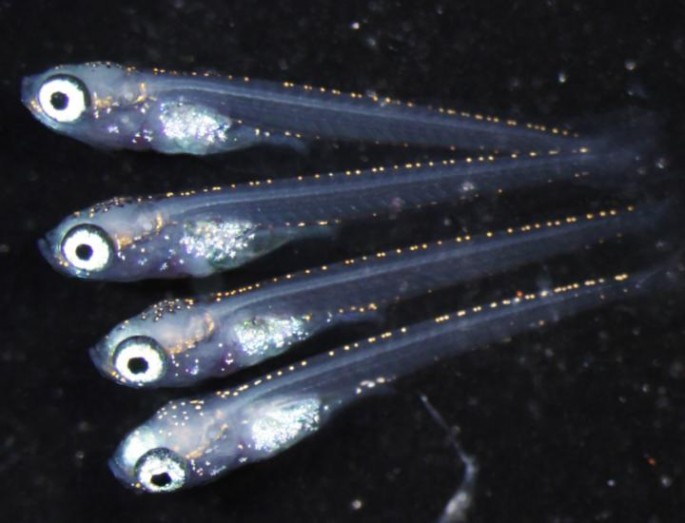Researchers have discovered that germ cells in the human body can apparently transform into eggs or sperm where scientists believe that a genetic switch has been determined that decides on this crucial stage in life.
Researchers used Medaka (Oryzias latipes) or Japanese rice fish were they have pinpointed a gene called foxl3 that is required for reproductive systems. The female fish that were missing this gene since they were removed by scientists developed sperm cells instead of eggs inside their ovaries. These sperm cells are perfectly healthy reproductive cells that are capable to produce offspring.
According to Minoru Tanaka of the National Institutes of Natural Sciences, Japan, germ cells can certainly become eggs or sperm but this marks the first time that a switch mechanism in vertebrates has been detected that can decide whether the germ cell would become an egg or a sperm which is ultimately significant.
Males and females both possess germ cells that normally develop into eggs or sperm however, this process where the germ cell becomes an egg or a sperm remained a mystery to researchers until this new study. Prior to this new research, biologists believe that germ cells remained passive and are being controlled by other processes and cells in the body.
According to reproductive biologist Toshiya Nishimura, even if the germ cells are placed in an environment of a female body, a functional sperm has been transformed which surprised the team. This means that this sexual switch in germ cells is not dictated by the body's sex which is a breakthrough discovery.
The fish that were lacking the foxl3 gene produced a large amount of sperm cells including an amount of egg cells as well. Even if there was a bizarre production of sperm cells in females, the fish still appeared physically normal including their female genitalia.
These female fish can produce male reproductive cells in less time than it apparently takes for naturally born males in the wild. This can help commercial fisheries to raise females in order to produce sperm for reproduction.
Although humans do not posses this foxl3 gene, researchers believe that we also have a similar genetic code found inside our biological structures that can carry out the same process.
This study is published in the online version of the journal Science, Science Express.



























